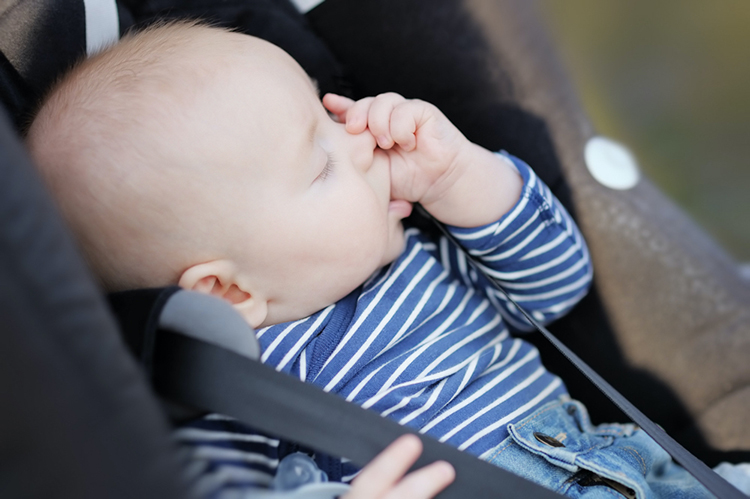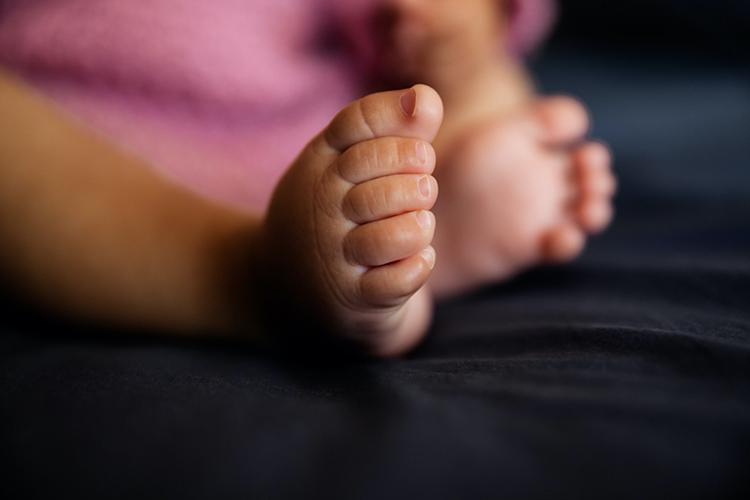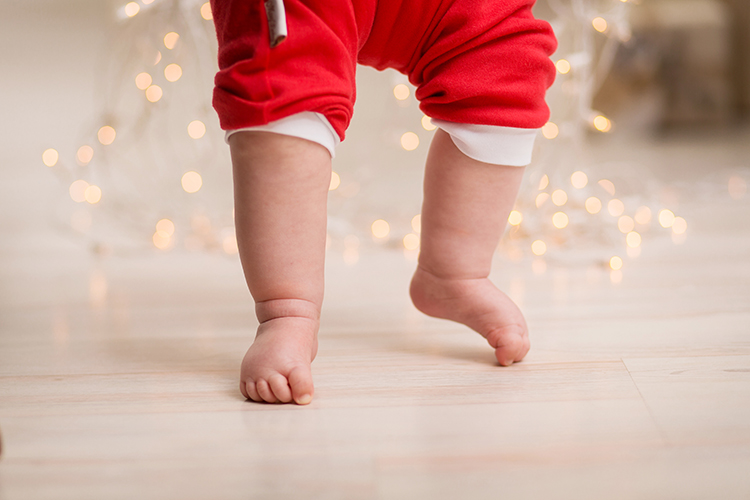Why Do Babies Curl Their Toes?
Babies do silly adorable things all the time and we are often left wondering why and how they seem to just casually adapt. One of the most adorable things to love about babies is their little sets of toes. We are all guilty of playing with baby feet just because of how cute they are. When doing so, you would have noticed that your baby clenches and unfurls its toes quite randomly. They don’t seem to be aware of doing it. If you are curious about why and how it happens, this post is for you!
Understanding Reflexes And Your Newborn
Reflexes are the most innate form of communication that the body has with the external world. They are instinctive and quite the proof of years of evolution. Newborn babies have numerous reflexes that seem to disappear later on in life. Most of these reflexes are indicators of good health of the nervous system. With the continued development of the brain, many of these reflexes tend to go away with age.
Why do young babies need reflexes?
In newborn children, the brain and nervous system are not fully developed yet. This takes time. Meanwhile, your baby needs to survive and adapt to the world around them. This is why they have natural reflexes that are present right from, and before birth. Babies have evolved to develop these natural reflexes so that they can look after themselves instinctively before the brain takes over completely. Everything needs to happen by reflex because the brain is not developed enough for there to be active thought processes and decision making.
Common Types of Reflexes Babies Have

The most common and earliest reflex that everyone notices are the suck1ng reflex. Identifying this is pretty simple. There is another reflex that goes along with this that is quite fascinating. To observe it, gently stroke the cheeks of the baby. The baby will immediately start looking for the n1pple to start feeding. This is very useful in breastfeeding.
Sometimes babies can be quite difficult and do not latch on. But this reflex helps along with the suck1ng reflex to ensure that the baby is fed on time. You will notice that babies tend to grasp things instinctively. This grasping reflex has been developed so that the baby can securely hold on to the mother. This is similar to the grabbing reflex which exists for the same purpose.
Ultimately, most reflexes that babies have are for survival. Take the Babinski reflex for example. You will notice that the toes of babies can spread out if the sole is stroked. This is to help them crawl on the floor and propel themselves forward. It is also known as the Plantar Reflex.
Why Do Babies Curl Their Toes?

Now that we have an idea about reflexes, let us get to the matter at hand. The toes of your baby curling are a result of different reflexes. The type of reflex depends on what part of the baby has been stimulated. Stroke them along the side of the sole from the heel to the toe. You will see that the toes fan out. This is the Babinski reflex that we discussed.
Now try pressing the feet of your baby behind the toes along the sole. You will notice a reflex that is called the plantar grasp. The toes grasp your finger. This is a grasping reflex that lets your baby hold onto you for protection while feeding. Yet another interesting reflex that you can observe is the stepping reflex.
To try this out, your baby does not need to know how to walk yet. This is the instinct that helps them do so later. Hold your baby by tilting them slightly forward. Press the soles of their feet onto a hard surface. You will notice that the baby instinctively places a foot forward as if they are starting to walk. If you do plan to try this out, make sure that you do so when your baby is around six to eight weeks old. For some reason, this reflex disappears shortly afterwards. You can notice that it will come back when your baby is ready to walk.
Now you know why your baby curls their toes when they’re very young. However, even as your baby begins to sit or stand, you can see that their toes curl.
Baby Toes Curling While Sitting
Your baby positioning themselves to sit up is a big achievement. Just observe them when they are doing their own thing and sitting up. You will notice that the toes tend to curl up now and then. This is just the body‘s way of responding to the new surface that they are experiencing. Since everything is very new to them, they might not necessarily like what they feel. The new surface can feel quite ticklish. This makes them curl their toes in reflex. Till about nine months of age, you can expect this to happen. It is completely normal.
Baby Toes Curling While Standing
This is not exactly part of reflexes. You will be noticing this primarily in the third and fourth toes. This is usually present from birth. It comes to notice when the baby is standing because it is more apparent. Curly toes that you can see while standing usually run in the family. It is because there are tendons on the feet that allow the toes to bend. However, if these are too tight, toes tend to curl under the foot. It is most commonly an inherited condition.
Baby Toes Curling While Walking

If your baby has curly toes, it becomes more apparent when they start walking. This is not a serious problem but it can cause discomfort to your child. It might result in the thickening or flattening of toenails. Your baby could have sore feet as a result of having curly toes. You can do everything that you need to to make them comfortable. When they just begin to walk, don’t make them wear hard shoes. The body needs to experience natural movements and this can restrict them. This condition corrects itself within the first five years of your baby’s life.
If you believe that your baby is suffering from curly toes that are preventing them from walking normally, it is best to consult a doctor. You don’t need to worry about the toes curling during the very early months. It is of concern only when you observe it when they are walking or standing.
When Does the Toe Curling Stop in Babies?
Ideally, many of the reflexes that cause this disappear quite early on. When your baby is around nine months of age, the toe-curling might stop. However, during different instances, you will notice that they curl their toes. This is not of concern unless it is affecting their physical movements. You will notice that the plantar grasp and Babinski reflex disappear around 9 to 12 months of age. The stepping reflex that causes baby toes to curl disappears around 8 weeks. But it returns when the baby starts walking. Other than the reflexes, toe-curling happens at a later age if it is a hereditary condition or when the baby is sitting and experiencing a new surface.
Let your baby experience the floor and move around as much as they can. This is an important part of development. There are many reflexes that babies have that you should know about. They are an important aspect of determining whether the neurological health of your baby is intact.
Meanwhile, there are plenty of things that you can do to support their development. Keep in mind that you cannot accelerate the growth and development process. What you can do is create a safe environment for them to explore their potential.
